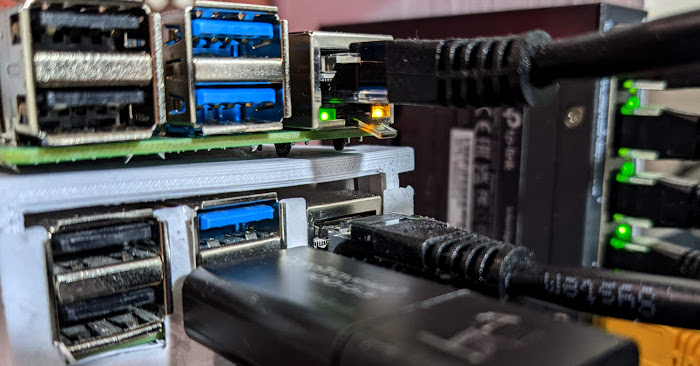Build, Run, Repeat - page 2
-
Cut Down to Size: Doing Less to Ship More
Working on mincepierank.co.uk over the last little while has been an absolute pleasure. However there was something that hadn’t been implemented - mince pies aren’t sold all year.
Rather than talking too specifically about the code, I’m going to take this chance to talk about how I break down features into smaller chunks, with a focus on getting value shipped.

-
Nurturing Creativity: Do Dumb Things Quickly For No Money
If there is one myth that I try to rail against, it’s the idea that creativity and ingenuity are inherent talents you just have rather than skills you can train and improve. In fact I’d go as far as arguing that training these skills can be incredibly useful, both inside and outside of work.
This article is mostly through the lens of a software engineer, however there won’t be big chunks of code or technical jargon thrown around, so it should be relatable for anyone.

-
Old Tools, New(ish) Tricks: Static Methods with C# Dependency Injection
Most of my time producing software is spent in JavaScript/TypeScript/node these days, but I still like to keep an eye on C#/dotnet. It’s important to keep yourself exposed to different languages and ecosystems, as often neat solutions to problems can be found in other languages, because the common uses are different. One aspect of JavaScript I’ve really grown to love is the functions. Being able to declare and use functions like variables unlocks some really nice code patterns, and using libraries like neverthrow or just raw promises can allow you to enforce error handling into your application. So recently when writing some C#, I’ve wanted to bring this kind of thinking with me, and it’s been quite an experience.

-
Traefik Control: Using OAuth2 Proxy with Traefik
In recent months a lot of my world has revolved around kubernetes. Full disclosure on my biases - K8S has routinely impressed me and I’ve found it really easy to work with. The only thing that has given me trouble has been Ingress - in a lot of ways because in my downtime I’m working with a “bare metal” cluster on some Raspberry Pi’s (a subject for another day). This podcast episode is a great listen into why this can be problematic, as it talks about how K8S basically expects you to be using a load balancer from a cloud provider.
Initially using nginx-ingress, I then migrated to Traefik when I moved from MicroK8S to K3s. The performance and stability improvements have been amazing, but I struggled to find a good explanation on how I could continue to use Oauth2 Proxy to protect my applications.

-
Happy Path: Build Projects You'll Come Back To
You’ve got that side project you were working on, right? It’s been a few months, work has been busy, life has been happening, so it’s not like you’ve done much with it. But you’ve got a nice clear weekend afternoon, with a few free hours you’ve already mentally earmarked to work on that new feature you wanted to add. Except you pick it up, and it’s like it’s been written by another person - spaghetti everywhere, dozens of TODO comments, the styling is completely broken and doing an
npm ireveals a frankly terrifying list of packages that need updating.Maybe I’ll just go do the gardening instead…

subscribe via RSS